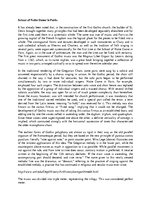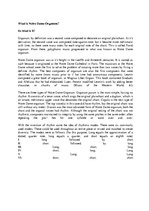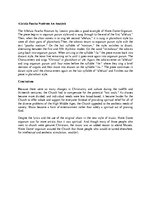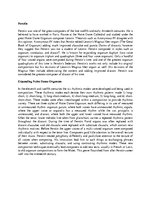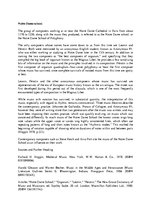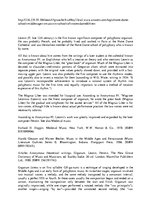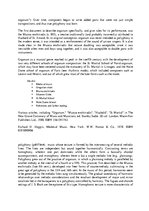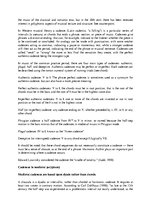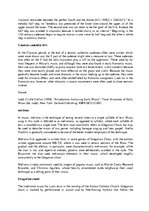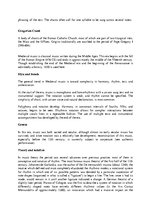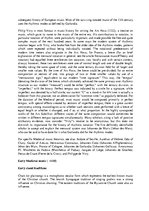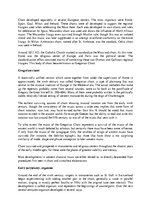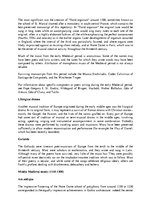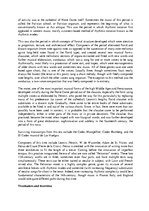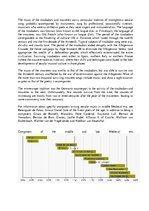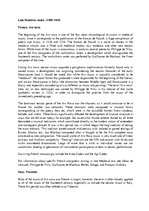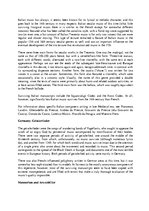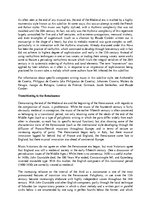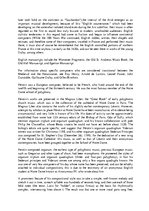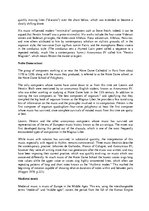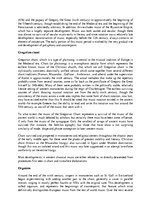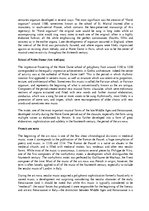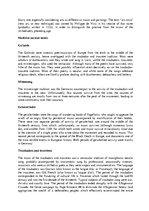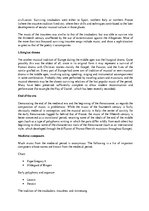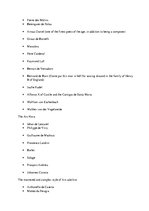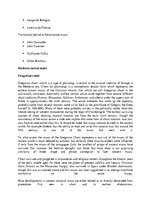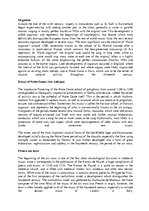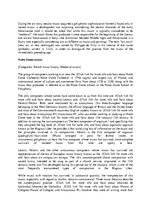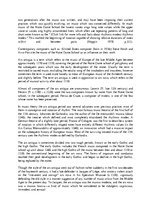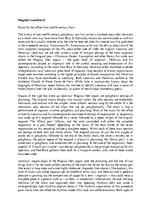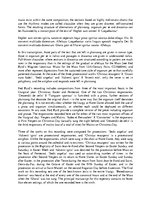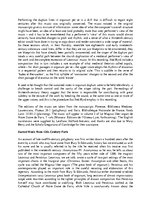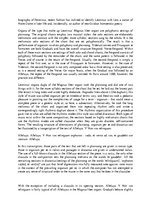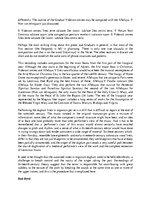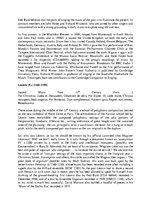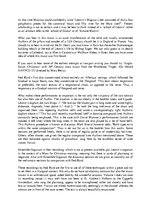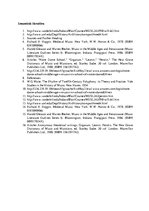-
Medieval Music
It has already been noted that, in the construction of the first Gothic church, the builder of St. Denis brought together many principles that had been developed separately elsewhere and for the first time used them in a systematic whole. The same was true of music, and Paris as the growing capital of the French kingdom was the logical place for the pieces to be fitted into a whole. The contrapuntal forms and textures developed in such monasteries as Cluny and in such cathedral schools as Rheims and Chartres, as well as the tradition of folk singing in several parts, were organized systematically for the first time at the School of Notre Dame in Paris. Again, as in the case of architecture, the man and the time can be fixed with certainty. The first great monument of Gothic music was the Magnus Liber Organi by Leonin, dating from c. 1163, which, as its name implies, was a great book bringing together a collection of music in two parts, arranged cyclically so as to spread over the entire calendar year.
In the traditional rendering of the Gregorian Chant, some parts were sung by a soloist and answered responsorially by a chorus singing in unison. In the Gothic period, the choir still chanted in the way it had done for centuries, but the solo parts began to be performed simultaneously by two or more individual singers. Notre Dame in Paris, for example, employed four such singers. The distinction between solo voice and choir hence was replaced by the opposition of a group of individual singers and a massed chorus. With several skilled soloists available, the way was open for an art of much greater complexity than heretofore. Since the music, however, was still intended for church performance, it was mandatory that one of the traditional sacred melodies be used; and a special part called the tenor, a term derived from the Latin tenere, meaning "to hold," was reserved for it. This melody was also known as the cantus firmus, or "fixed song," implying that it could not be changed. The development of Gothic music was that of taking this cantus firmus as an established basis, and adding one by one the voices called in ascending order, the duplum, triplum, and quadruplum. Since these voices were superimposed one above the other, a definite verticality of concept is implied, which contrasted strongly with the horizontal succession of tones that characterized the older monophonic chant.…
Viduslaiku mūzika Plashs apraksts par visuslaiku muuziku- gan laiciigo, gan sakraalo, par visudlaiku komponistiem, Noterdamas skolu uc. plashs literatuuras saraksts+ tsauces

